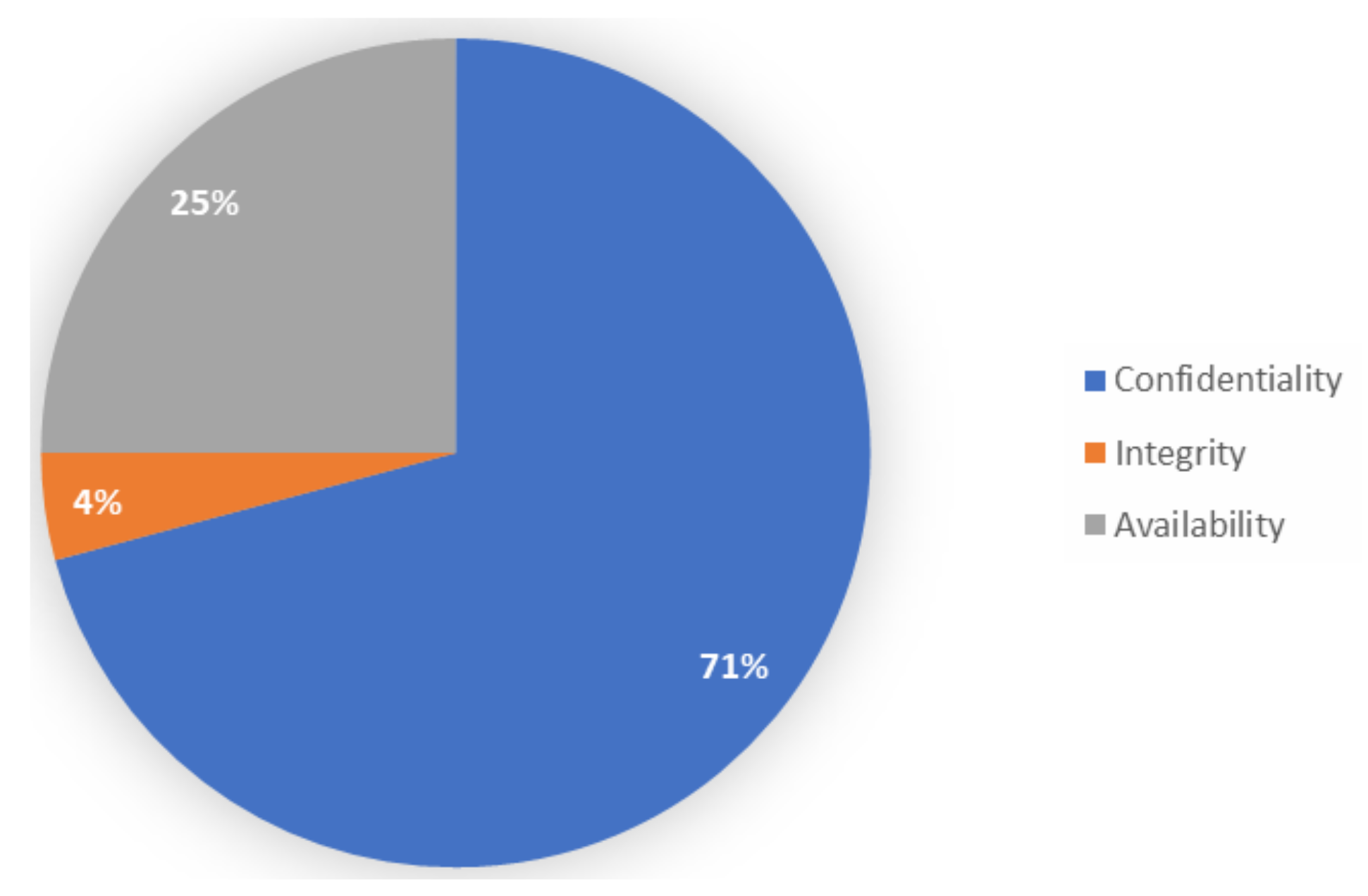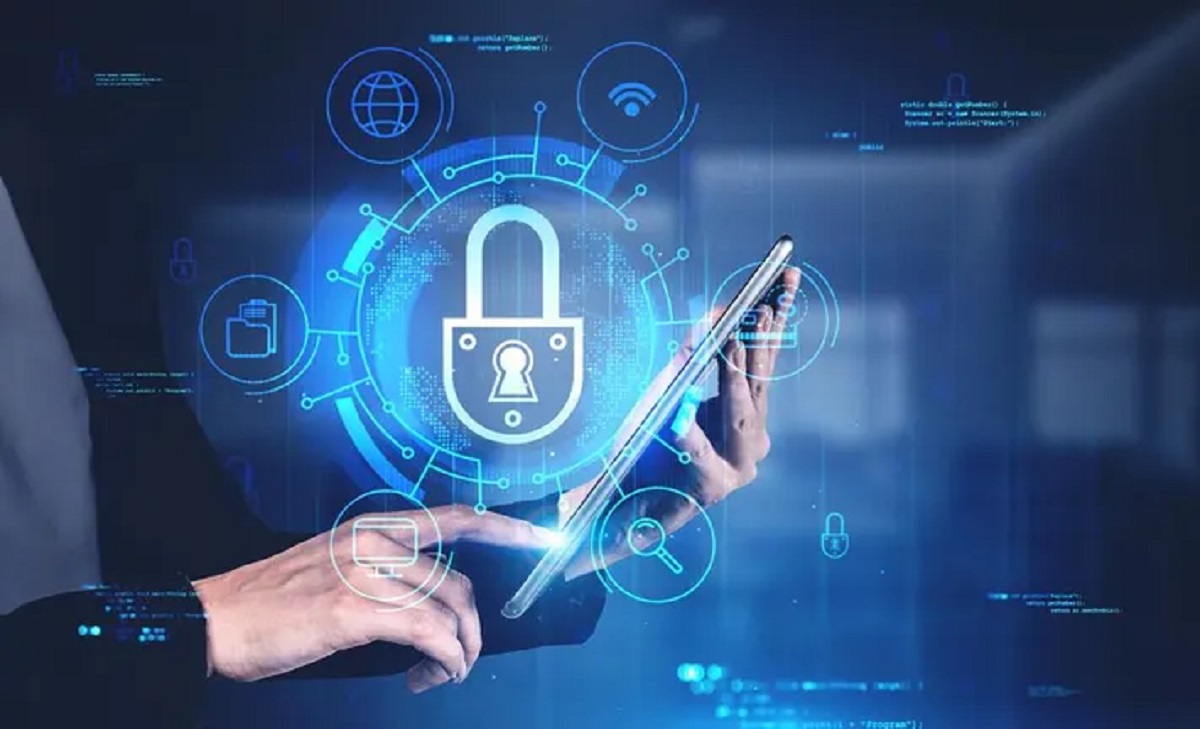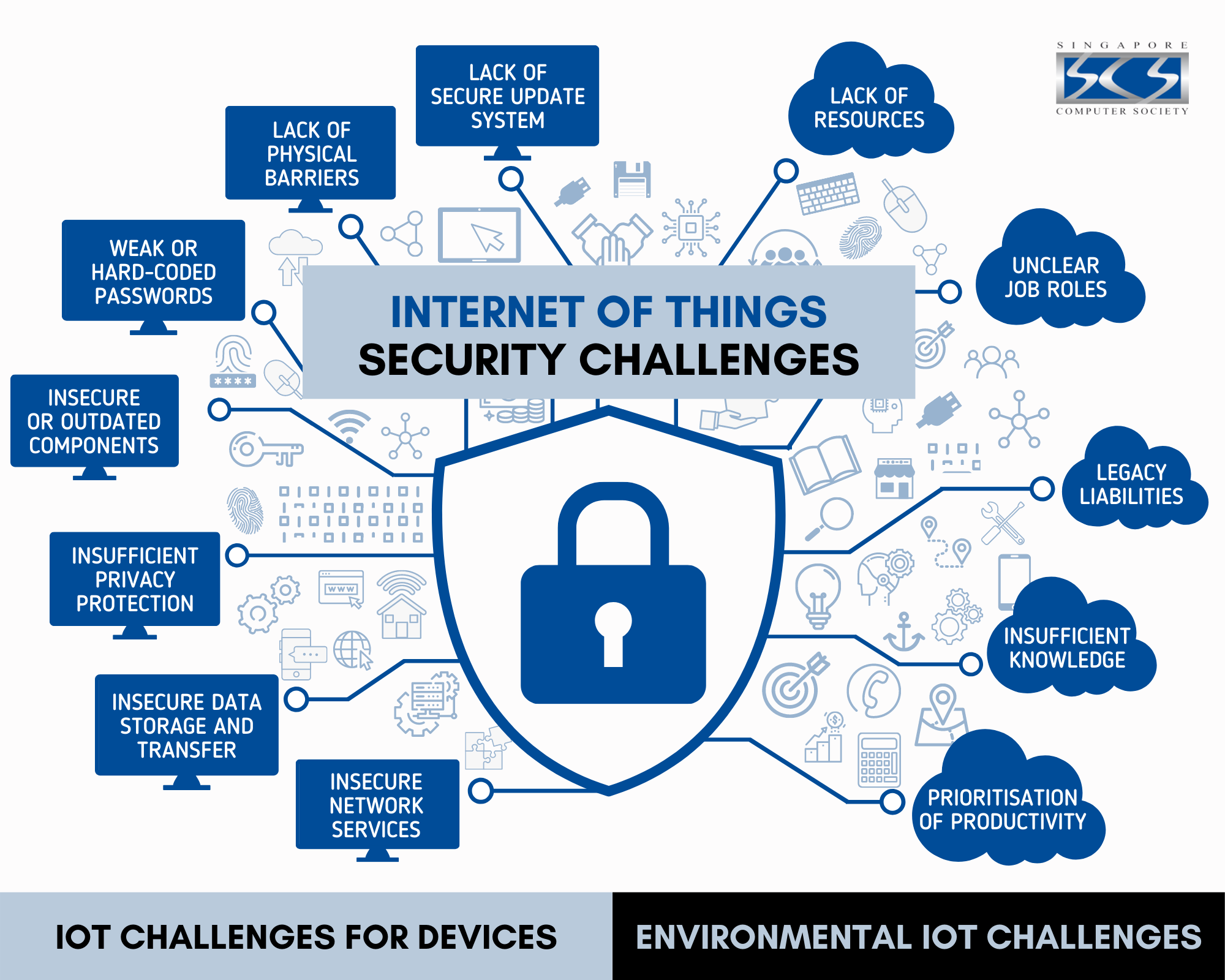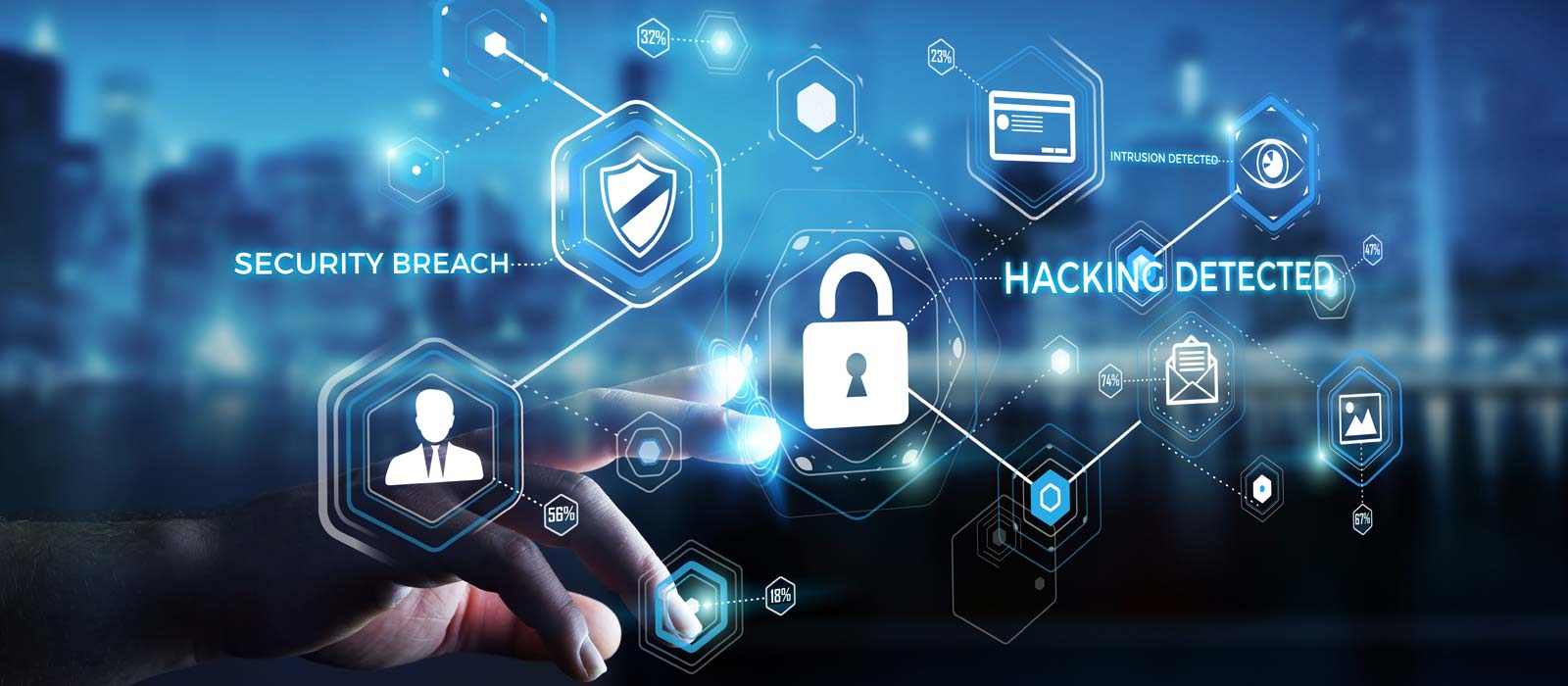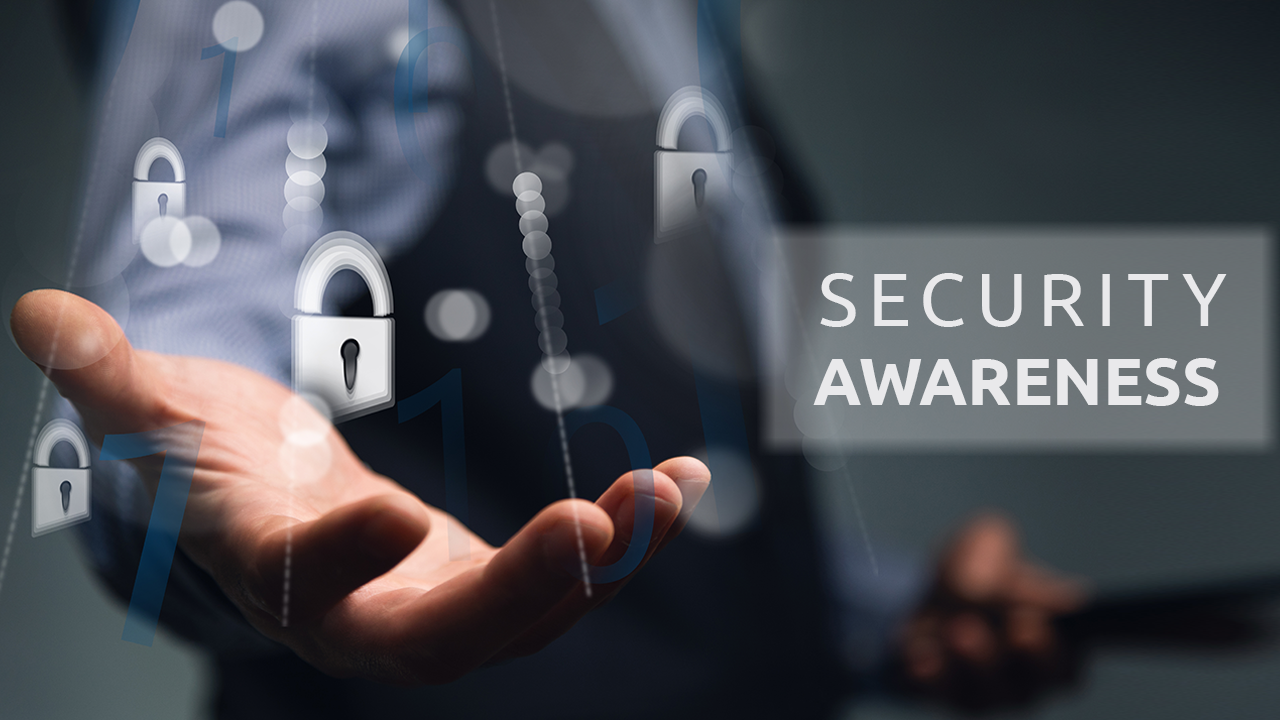Introduction
The terrorist attacks on September 11, 2001, not only had immediate and devastating consequences but also brought about significant changes in the way we approach security, both in the physical world and in the digital realm. As the world grappled with the aftermath of the 9/11 attacks, it became apparent that cybersecurity emerged as a critical concern. This tragic event shed light on the vulnerabilities and potential threats that could arise from the interconnectedness of our digital systems. In this article, we will explore the three main cybersecurity concerns that arose from the 9/11 attacks.
Cybersecurity refers to the measures and practices put in place to protect computer systems and networks from unauthorized access, misuse, and damage. As society became increasingly reliant on technology for communication, commerce, and critical infrastructure, it became imperative to secure these systems from potential threats.
The 9/11 attacks served as a wake-up call, revealing the potential dangers that could be unleashed through cyber warfare and the digital domain. The interconnectedness of systems opened up new avenues for malicious actors to exploit vulnerabilities and disrupt vital services. This article delves into the three key cybersecurity concerns that arose from the 9/11 attacks: the lack of cybersecurity preparedness, vulnerabilities in critical infrastructure, and the increase in cyber espionage.
Lack of Cybersecurity
One of the main cybersecurity concerns that arose from the 9/11 attacks was the glaring lack of preparedness in the face of cyber threats. Prior to the attacks, cybersecurity was not given the same level of attention and importance as traditional physical security measures. The focus was primarily on securing physical infrastructure, such as airports and government buildings, while the digital realm was often overlooked.
The attackers behind 9/11 exploited this vulnerability by using communication technologies to plan and coordinate the attacks. They were able to exploit weak authentication processes and bypass security measures in place at the time. The lack of cybersecurity awareness and training among government agencies and organizations further exacerbated the situation.
The aftermath of the attacks prompted a significant shift in priorities and served as a wake-up call for governments and organizations to prioritize cybersecurity measures. The attacks highlighted the need to establish robust defenses against cyber threats, not only in the physical realm but also in the digital landscape.
As a result, there was a surge in cybersecurity investments, research, and development of new technologies. Governments and organizations recognized the importance of investing in cybersecurity measures to safeguard critical infrastructure, protect sensitive data, and prevent future attacks.
Furthermore, the lack of cybersecurity preparedness highlighted the need for enhanced collaboration and information sharing between government agencies and private organizations. The attacks revealed the importance of a united front in defending against cyber threats. Efforts were made to establish partnerships and share intelligence to detect and prevent cyber attacks before they could cause significant harm.
The lack of cybersecurity in the wake of the 9/11 attacks underscored the urgency to prioritize digital security measures. It became evident that protecting systems and information from cyber threats was just as essential as physical security. The 9/11 attacks served as a catalyst for change, prompting governments and organizations to reevaluate and strengthen their approach to cybersecurity.
Vulnerabilities in Critical Infrastructure
One of the significant cybersecurity concerns arising from the 9/11 attacks was the exposure and vulnerabilities within critical infrastructure. The attacks demonstrated the potential for malicious actors to exploit weaknesses in essential systems and infrastructure, leading to widespread disruption and potential devastation.
The interconnectedness of systems and reliance on technology in critical sectors, such as transportation, energy, and finance, presented opportunities for cyber attacks to disrupt operations and undermine national security. The attackers behind 9/11 recognized this vulnerability and leveraged it to devastating effect.
For instance, the attacks on the World Trade Center resulted in the destruction of vital communication infrastructure, including telephone exchanges and data centers. This raised concerns about the resilience and redundancy of these systems and highlighted the need for robust cybersecurity measures in critical infrastructure.
The attacks also exposed vulnerabilities in the aviation industry, with the hijackers exploiting weaknesses in airport security and communication systems. The events of 9/11 prompted a reassessment of airline security protocols and led to the implementation of enhanced security measures, including more robust passenger screening processes and improved communication systems.
Additionally, the attacks highlighted the interconnectivity between physical and digital infrastructure. The reliance on computer systems and networks to control and manage critical operations made them susceptible to cyber attacks. Malicious actors recognized this and began targeting these systems to disrupt essential services and infrastructure.
The vulnerabilities in critical infrastructure exposed by the 9/11 attacks led to a paradigm shift in how governments and organizations approached cybersecurity. There was a recognition that protecting critical infrastructure not only required physical security measures but also a comprehensive and resilient cybersecurity framework.
As a result, efforts were made to identify and address vulnerabilities in critical systems, enhance monitoring and response capabilities, and implement proactive measures to protect against cyber threats. Governments and organizations invested heavily in cybersecurity, prioritizing the safeguarding of critical infrastructure and ensuring the continuity of essential services in the face of potential cyber attacks.
Increase in Cyber Espionage
The 9/11 attacks not only highlighted the vulnerabilities and shortcomings in cybersecurity but also marked a significant increase in cyber espionage activities. This form of cyber threat involves the unauthorized access and extraction of sensitive information for political, economic, or military gain.
Following the attacks, there was a surge in cyber espionage attempts by various state and non-state actors seeking to gather intelligence and exploit vulnerabilities in national security and defense systems. The events of 9/11 served as a catalyst for increased cyber surveillance and espionage activities.
The attackers behind the 9/11 attacks demonstrated their ability to exploit weaknesses in systems and networks to carry out their plans. This realization led governments and organizations to recognize the importance of strengthening cybersecurity measures to protect sensitive information from potential cyber espionage attempts.
Cyber espionage activities have become more sophisticated over the years, with attackers targeting government agencies, defense contractors, and organizations in sectors such as finance, technology, and energy. The motivation behind cyber espionage can range from gaining a competitive advantage in the global market to obtaining classified information for strategic purposes.
The increase in cyber espionage following 9/11 prompted governments to establish specialized cyber defense units and intelligence agencies to detect, prevent, and respond to cyber threats. These entities have been tasked with gathering intelligence on potential cyber espionage activities, identifying vulnerabilities, and developing strategies to protect critical infrastructure and sensitive data.
Furthermore, international cooperation and information sharing have become paramount in the fight against cyber espionage. Governments and organizations have established partnerships and alliances to collectively address the global threat posed by cyber spies. Collaboration allows the sharing of intelligence, best practices, and innovative technologies to mitigate cyber espionage risks.
The rise in cyber espionage following the 9/11 attacks served as a stark reminder of the need for robust cybersecurity measures to protect national security, intellectual property, and sensitive information. Governments and organizations continue to invest in research, technology, and training to stay ahead of cyber spies and safeguard their interests in an increasingly interconnected world.
Conclusion
The 9/11 attacks had a profound impact on global security, not only in terms of physical threats but also in the realm of cybersecurity. The aftermath of the attacks exposed critical vulnerabilities and highlighted the urgent need for enhanced cybersecurity measures.
The lack of cybersecurity preparedness became apparent as the attackers exploited weaknesses in communication systems and bypassed security measures. This prompted governments and organizations to prioritize cybersecurity measures and invest in research, technology, and training to protect against cyber threats.
The vulnerabilities in critical infrastructure were also brought to the forefront, as the attacks demonstrated the potential for disruption and devastation. The interconnected nature of systems necessitated the establishment of resilient cybersecurity frameworks to safeguard critical operations and services.
Furthermore, the increase in cyber espionage activities following the attacks underscored the importance of protecting sensitive information and national security. Governments and organizations ramped up efforts to detect and prevent cyber espionage attempts, partnering with international allies and utilizing advanced technologies.
In conclusion, the 9/11 attacks were a turning point in the field of cybersecurity. They highlighted the interconnectivity and vulnerabilities of our digital systems, prompting a reevaluation of security measures. The attacks served as a catalyst for change, leading to increased awareness, investment, and collaboration in the realm of cybersecurity. It is crucial that we continue to remain vigilant and proactive in the face of evolving cyber threats to ensure the safety and security of our digital infrastructure.







